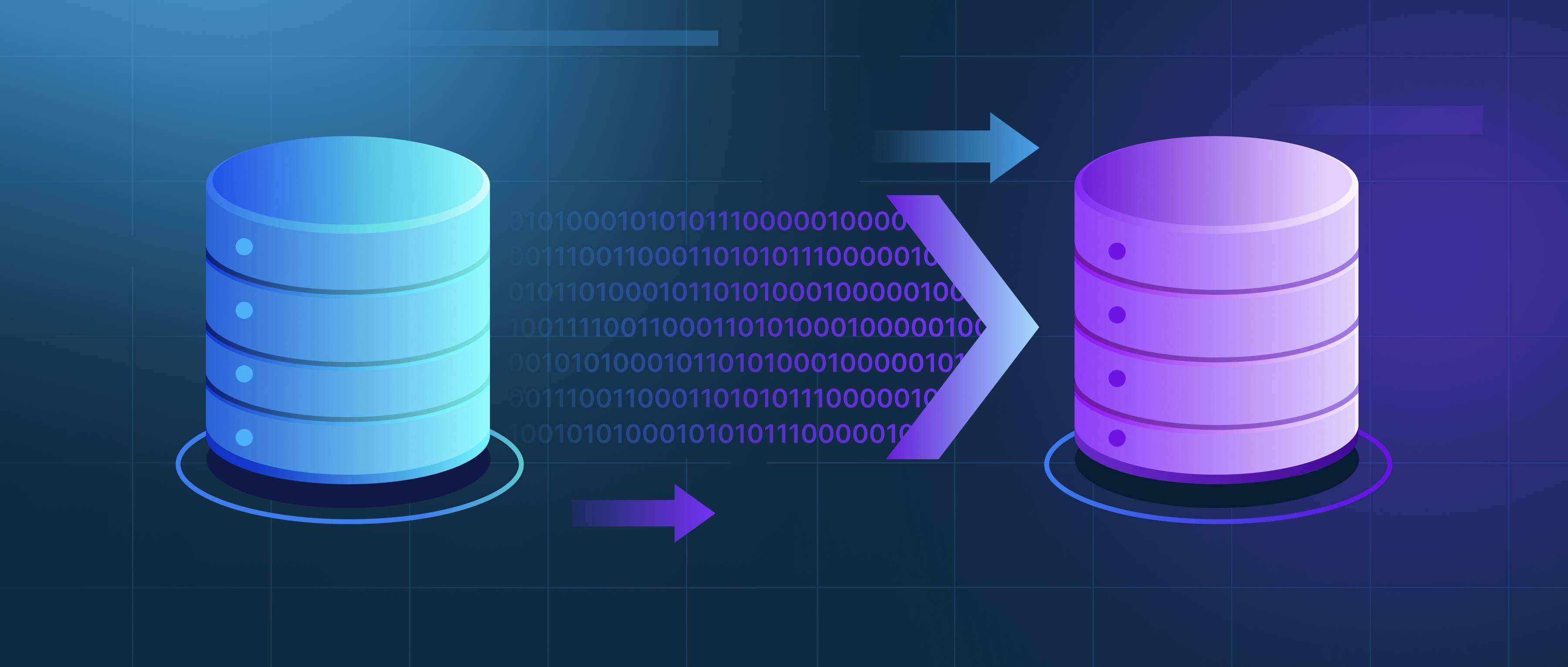To effectively debug issues with OpenAI API calls, start by checking the API request and response details thoroughly. Ensure that the endpoint, headers, and request body are set correctly. You should always validate the API key being used, making sure it is not expired or invalid. Additionally, confirm that the model you are calling is accurately named and that all required parameters are correctly supplied. A common point of failure is not including mandatory parameters like "model," "prompt," or "max_tokens." Using tools like Postman or curl can help you send requests and inspect responses easily.
Next, examine the error messages you receive from the API. OpenAI's API typically provides informative error codes and messages in response to a bad request or other issues. These messages can guide you in diagnosing problems. For example, a 400 error code indicates a bad request, which often relates to incorrect parameters or formatting issues in the JSON body. A 401 error suggests an issue with authentication, prompting you to check your API key. Log these error responses so you can address frequent issues systematically.
Lastly, utilize logging and monitoring within your application to track the requests being made to the OpenAI API. Implement error handling to catch exceptions that arise when the API call fails. This could involve wrapping your API call in a try-catch block and logging the exception details for later analysis. In addition to logging responses, you can also include timestamps and unique identifiers in your requests to make tracking easier. By closely analyzing both the request and response, incorporating meaningful error handling, and maintaining detailed logs, you will streamline the debugging process and make it easier to identify root causes of any issues with API calls.
